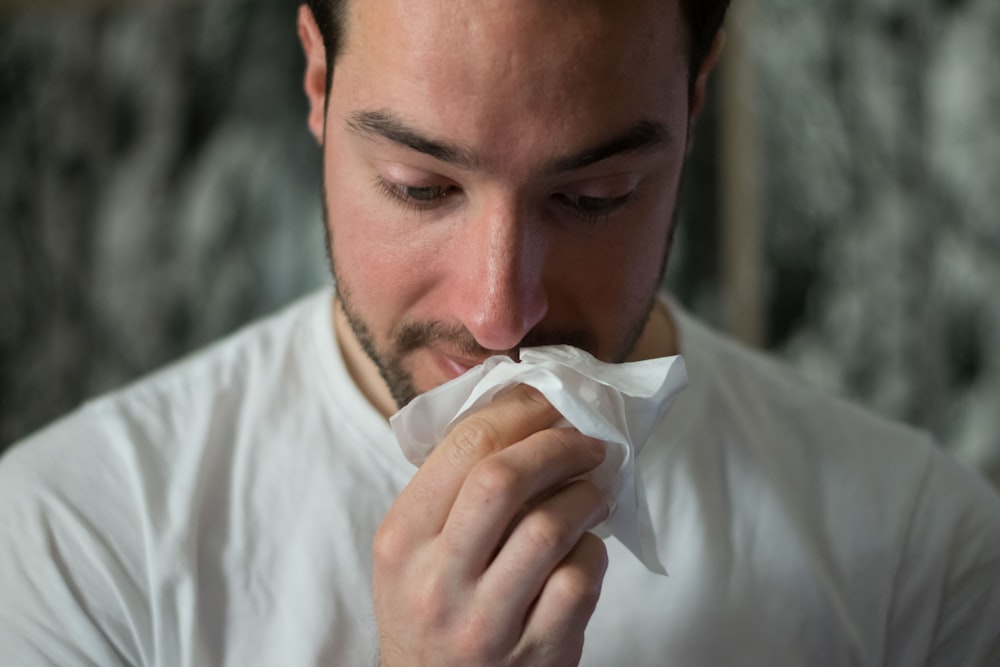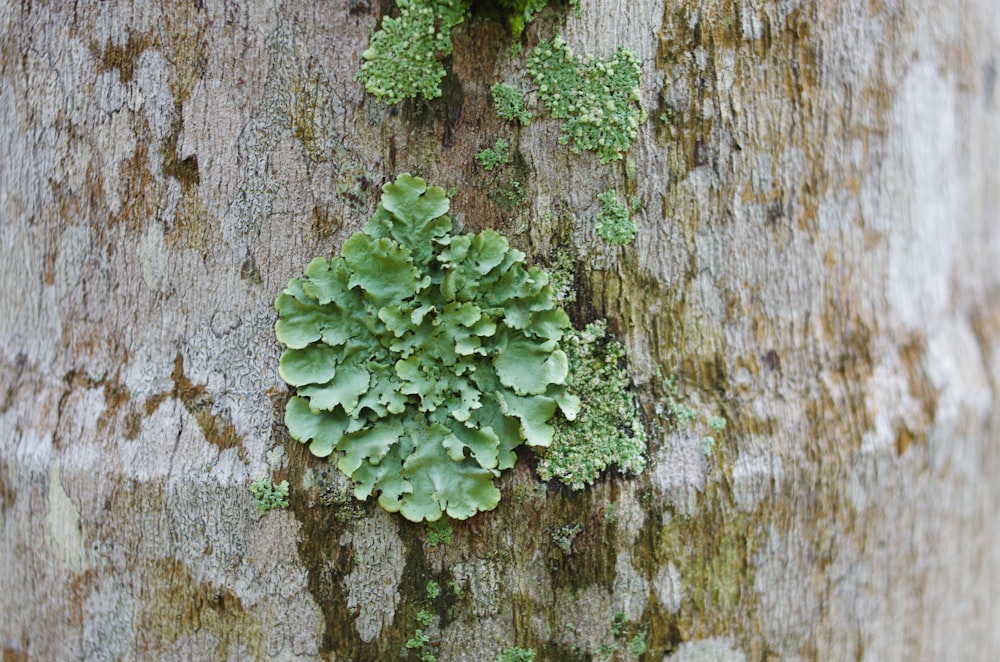Mold seems to be a fungus that thrives in moist, both interior and exterior situations. Mold can appear in many different of ways, such as wet stains, yellow sludge, or colourful, fuzzy spots. It could also be concealed with drywall, ceiling panels, or carpet. Mold can also be identified by its distinctive musty odour, even if it isn’t visible.
Mold seems relatively innocuous outside, and when it penetrates your house, it could have a severe increased risk of obesity. It is capable of causing deterioration to the materials that it lives, as well as harming your wellness. Mold spores are released into the atmosphere. These germs can be dangerous if inhaled.

Mold’s Health Consequences
Because it’s hard to separate the impacts of mould from other elements many of which are involved, there really is no clear agreement in the research world concerning the direct relation between mould and poor health consequences. Dust mites, toxins emitted from decaying surfaces, household air pollution, and mould by-products are all examples of that one. In any event, there is no denying that there is still a link between residing in wet indoor spaces and a variety of breathing problems.
The Following Are Among The Side Effects Of Abuse In A Mold-infested Environment:
- aches and pains
- Congestion in the nose and phlegm accumulation
- Wheezing, coughing, and sore throats are all symptoms of respiratory issues.
- Asthma-like signs
- Irritation of the skin and eyes
- Infections of the lungs
Some individuals more susceptible to mold’s harmful effects over others. When infants, seniors, or persons with immune weaknesses come into contact with mould, they are much more prone to having health impacts. Mold allergies affect a large number of people. So if you and a close relative develops either of these problems after being exposed to moisture or flooding, see a doctor right once.
Mold: What Causes It?
Mold penetrates the household in some kind of a number of ways, including by moisture intrusion or physical contact with clothing, shoes, animals, or other objects.
It can only develop in wet environments. Mold is commonly caused by gaps in frames, air conditioning systems, seepage via the foundations, and roof & pipeline leaks. Rust can grow underneath the carpet, onto fabrics and furniture, behind walls, including on paint or wallpapers after just a flood.
How to Stop Mold from Growing

Without eliminating the moist environment, there is really no one to remove the development of mould. When flooding occurs, contact a water damage restoration company right once. They’ll fix the origin of the flood damage, restore normal relative humidity, dust – free your home properly, and remove any potential hazards.
It’s also critical to take precautionary measures. Roofs, windows, and pipelines that are leaking should be repaired right away. Bathrooms, restaurants, and bathrooms, for example, must all be adequately aired. Mold must be removed with professional laundry detergent or a peroxide and water solution.
Repairs and maintenance are provided from a to z by our team of highly skilled technicians. Call us today!


Recent Comments